How the Sixers did — and didn’t — turn a profit last year
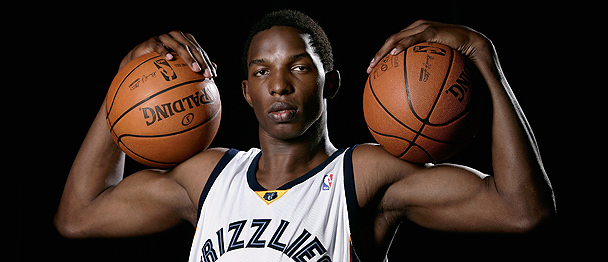
It has been known for quite some time now that the Sixers, despite finishing the season 29th out of 30 NBA teams in attendance, turned a profit last year.
This has led some to speculate that they did so by gaming the system by just barely meeting the league’s minimum salary requirements, then turning a profit on the backs of the league’s revenue sharing program.
Last year the NBA was projected to redistribute over $231 million to its needy teams through their revenue sharing program, a huge jump from the $40 million or so that was distributed under the previous CBA, which came entirely from luxury tax payments. Two teams were scheduled to receive in excess of $20 million each to help them remain competitive financially, with an additional 5 teams scheduled to receive $17 million each.
Except, the Sixers weren’t one of these 7 teams. In fact, the Sixers are not eligible to receive one cent from the league’s revenue sharing program, a fact first reported by Zach Lowe of Grantland, and one that John Gonzalez followed up on.
The exact details of who is eligible for revenue sharing are clarified by Larry Coon, where he states that teams with more than 2.5 million TV households cannot receive a revenue sharing payment.
This list, according to the Nielsen group, would include teams in the New York, Los Angeles, Chicago, Philadelphia, Dallas, and San Francisco media markets.
Beyond that, since teams contribute to the revenue sharing pool an amount equal to a percentage of their revenue, the league actually makes teams accountable for hitting revenue benchmarks based on market size. If a team falls short on revenue they have to make up that difference. While I don’t have the exact figures of the Sixers revenue sharing contribution, it stands to reason that the Sixers didn’t hit their revenue benchmarks, and thus ended up sending a higher percentage of their revenue towards the league’s revenue sharing program than they normally would have, while getting nothing back from it.
In short, the Sixers did not turn a profit based on the league’s revenue sharing program.
(Note: All teams do, however, receive roughly $31 million per season as part of the league’s national television deal, which is an 8 year, $7.5 billion deal between the NBA and ESPN/Turner that expires after the 2015-16 NBA season. The national TV deal is separate from the revenue sharing program, and all teams, regardless of market size, receive a portion of this. The value of the next national TV deal could increase substantially.)
Salary cap floor
The salary cap floor is a topic that comes up frequently in Sixersland.
The league mandates that each team must spend 90% of the salary cap towards player salaries. With a salary cap set at $63.065 million for the 2014-15 season, that means a team must pay at least $56.759 million in team salary for the season.
With the Sixers currently at just around $32 million in committed salary, that sounds like a potential issue.
Except it’s really not. The “penalty” for not hitting the salary floor is virtually non-existent, as the Sixers would just have to distribute the amount they’re under the floor to the players on roster. So, should the Sixers be $20 million under the floor at the end of the season, the players on roster will get a significant bonus.
The goal of the floor, and of the penalty, is that teams will essentially pay a fixed minimum amount to players, even if team salary falls below there.
But there is a loophole.
First, the teams salary is calculated at the end of the season. The team being below the salary cap floor at any point before then is irrelevant.
Second, team salaries are calculated based off of the full season salary of all players on the roster at the end of the season, even if that player was acquired during the season.
So, let’s say the Sixers acquire, oh, I don’t know, Danny Granger and his $13 million salary at the NBA’s trade deadline, and that salary brings them over the salary cap floor. Granger’s impact on team salary would be $13 million, even though the amount that they have to pay him is based on the amount of time he’s with the team (or, in this case, amount of games after he was waived), or roughly 1/3 of the season. So Granger’s cap hit would be $13 million, but the Sixers would only be on the hook to pay for roughly $4.3 million of that.
In theory, this discrepancy between how much Granger counted towards the Sixers end-of-year salary calculation and how much the team actually paid him could be considered a loophole to save money, although with how many lawyers looked over the NBA’s CBA, it’s hard for me to believe that this wasn’t a scenario they predicted would happen, and something that was intentional and accounted for.
Still, the longer the team goes into the season with upwards of $24 million between them and the salary floor, the potential cost savings grow. With the offseason virtually wrapped up there doesn’t seem like there will be all that many opportunities to add gobs of salary until the trade deadline, where a situation could present itself where a roughly $8 million expenditure could prevent the team from spending $24 million in salary floor penalty.
Now, is turning a profit why the Sixers aren’t using their salary cap space? I’m not sure I believe that. I think Sam Hinkie values salary cap flexibility immensely. I think that he wants to keep himself in a position where he can pounce on an opportunity if one presents itself, and the deals that have been presented to the Sixers thus far have simply not been worth giving up that flexibility for, in his mind. I think that this inability to find many opportunities has largely been influenced by the rising salary cap (which increased by over $4.3 million this summer) along with teams decreasing willingness to part with quality first round picks.
I also think that Sam Hinkie is not likely to make moves that add long term salary yet, thus limiting the amount of moves that he could make with that cap space. I think the Sixers brass realizes that, as the team is not yet a destination, luring players is going to be a difficult proposition. Using that cap space on stars is not feasible, and in order to use it to acquire complementary pieces they’re likely going to have to considerably overpay for their services. And they don’t want to start that process until they know what superstars those players are going to be complementing.
So, I think that at this point the salary cap flexibility is going to be largely kept in Sam Hinkie’s back pocket, used to facilitate deals by taking on short term contracts, while gaining relatively small assets in return.
Now, if the team is sitting at the trade deadline and no opportunity to acquire assets has presented itself, might they then look to take on enough salary to reach the salary cap floor rather than pay out the difference to their players, thus spending, in essence, $8 million rather than $24 million? This is when I believe the salary cap floor becomes relevant. But I do believe the Sixers lack of moves at this point in the offseason is because an opportunity hasn’t presented itself that is good enough to lose cap flexibility, rather than a desire to maximize their savings potential by using this loophole in the salary cap floor and team salary calculations.
(If you’re interested in the parts of the CBA that make this possible, I took a look at that here).
The signing of Joel Embiid
Earlier this week, Joel Embiid announced that he had signed his rookie contract.
My initial reaction was one of surprise, as it came almost a full month earlier than when Michael Carter-Williams and Nerlens Noel signed during last years offseason.
Why the surprise? It has to do with the salary cap.
For 1st round draft picks, the NBA has a set rookie scale, which basically slots what an incoming rookie can earn during his rookie contract based on where he was drafted. Teams and players have a little wiggle room — 20% above or below the rookie scale — but, in practice, virtually every 1st round draft pick signs for 120% of the rookie scale. For the 3rd overall pick in the 2014 NBA Draft, the NBA has slotted a first year salary of $3,689,700.
However, before a rookie signs his contract the amount he counts against a teams salary cap is 100% of the rookie scale contract. So, before signing a contract, Joel Embiid would count $3,689,700 against the Sixers salary cap. After signing the contract, assuming the Sixers gave Embiid the customary 120% of the rookie scale, his cap hit would rise to $4,427,640.
In essence, the Sixers gain an additional $734k in salary cap space by delaying the signing of Joel Embiid.
Now, the Sixers have roughly $30 million in salary cap space, so adding another $734k might seem inconsequential. And it most likely will turn out to be so. But, for a general manager like Sam Hinkie to give up *any* flexibility, even if there’s almost no chance of it being used, without getting anything in return, came as a surprise.
And there really isn’t anything to be gained by signing Embiid now vs signing him in late September. NBA players do not begin receiving pay checks until November 15th, so it’s not costing Embiid anything at the moment. It’s not that Sam Hinkie used up $734k of the Sixers cap space that surprised me, it’s that he did it when there was no real reason to do so.
It turns out, my initial suspicions were correct.
Bob Cooney wrote that the team isn’t ready to announce Embiid’s signing yet, and a source confirmed to me that the Sixers have yet to put their name on the dotted line. The contract will not be filed with the league (and, thus, not increase the Sixers salary cap commitment) until both parties have signed.
The reason the contract is not yet official? Likely that previously mentioned $734k in additional cap space. I would guess that the contract becomes official about a week before training camp starts up, or right around the same time that Michael Carter-Williams and Nerlens Noel signed last offseason. To this point, Embiid is the only top 10 pick that has not yet officially signed, but don’t be alarmed: I would expect this to be a standard practice any year where Sam Hinkie has salary cap space.
The confusing Hasheem Thabeet acquisition
A few hours after Sam Hinkie held the conference call to discuss the Thaddeus Young trade, the Sixers GM made another bold move: acquiring former 2nd overall pick Hasheem Thabeet.
Okay, there was a little bit of hyperbole there. It really wasn’t bold. Or even really an acquisition.
The Sixers traded a top-55 protected 2nd round pick to the Oklahoma City Thunder for Thabeet on Tuesday, although they will reportedly release Thabeet once the trade becomes official.
Why?
Hasheem Thabeet signed a 3 year, $3.65 million contract with the Thunder in July of 2012, with $2.4 million in guaranteed salary. Thabeet earned $1.2 million in each of the previous 2 seasons, leaving his entire 2014-15 salary non-guaranteed, as long as he is released by September 1st.
So, Thabeet will cost the Sixers nothing.
But Oklahoma City could have also released him, leaving them with the same $0 hit on their salary cap. So why trade him to the Sixers so they could release him instead?
A traded player exception.
By trading Thabeet’s $1.25 million salary to the Sixers, while getting back $0 of salary in return, the over-the-cap Thunder got a free $1.25 million traded player exception for a player they were going to cut anyway. For the Sixers? They received $100k in cash for a player who will count $0 towards their salary cap.
All the other moving parts are moot. The Sixers will never actually give up the 2nd round pick in the deal, which would require them to finish with one of the 5 best records in the league this year. They just had to “send something back” in order for the trade to work under the CBA. Hasheem Thabeet’s salary is fully non-guaranteed, and he will never receive one cent from the Sixers, and will not count at all against their cap. It has absolutely nothing to do with reaching the salary cap floor.
This trade was, essentially, about the Thunder buying a $1.25 million trade exception for $100k.


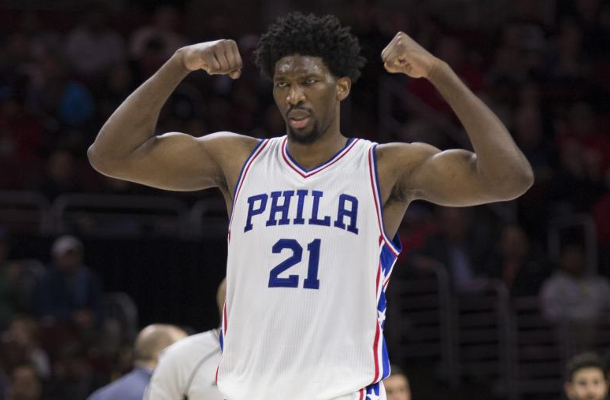
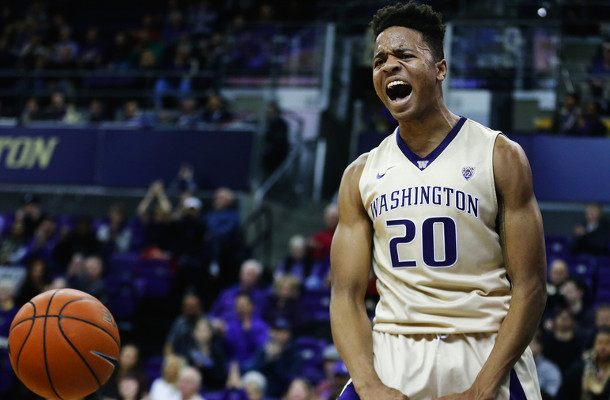
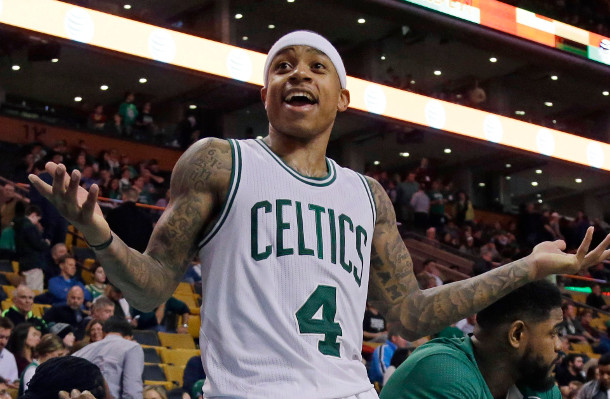
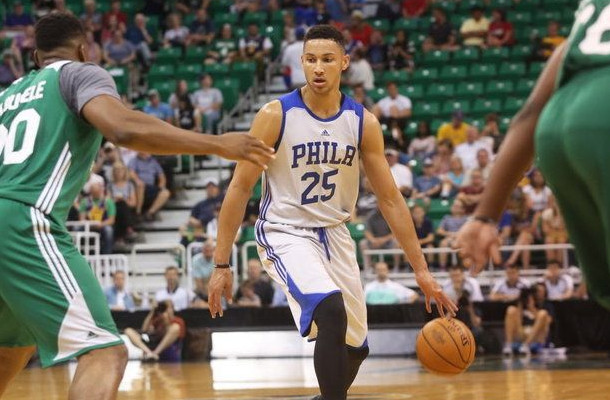
Pingback: nba.DerekBodner.com()
Pingback: Good morning, let's talk about Dario Saric and embezzlement - Knee Pain()
Pingback: Good morning, let's talk about Dario Saric and embezzlement - Sports News Time()
Pingback: Good morning, let's talk about Dario Saric and embezzlement - sportsfour.net()
Pingback: Good morning, let's talk about Dario Saric and embezzlement - iSportsNews()
Pingback: Good morning, let's talk about Dario Saric and embezzlement | SportsCenterLive.net()
Pingback: best deal builder | Good morning, let’s talk about Dario Saric and embezzlement()
Pingback: SAS,NOP,DET,PHI,LAL,NBA’s Life Coach,Salary Cap | Basketball Intelligence()
Pingback: Autopflege Zürich()